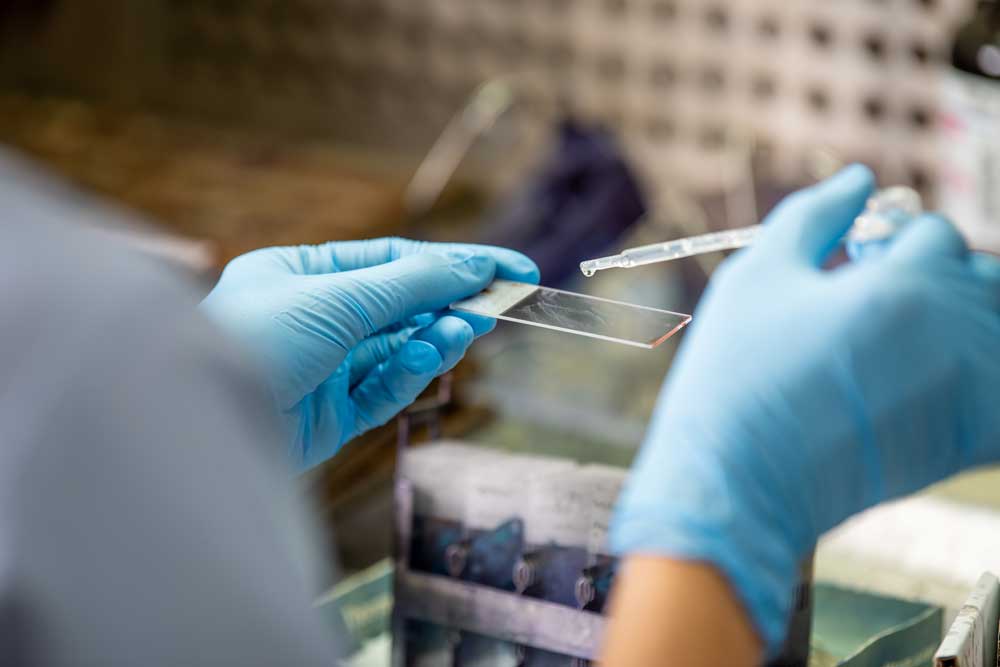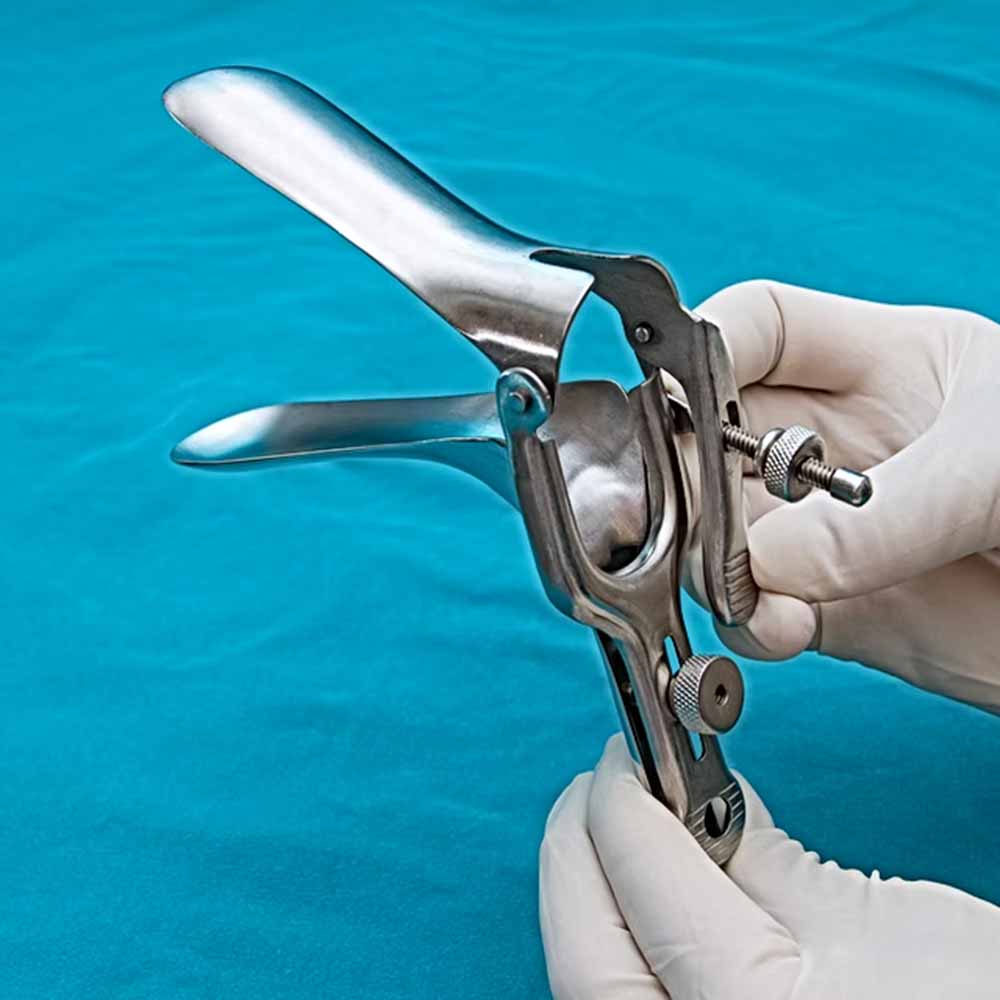A medical professional will perform a Pap smear, also known as a Pap test, to obtain cells from the cervix. Cells from the cervix are carefully scraped off using a tiny brush or spatula during the examination, and any anomalies are then viewed under a microscope. The actual test is quick and minimally uncomfortable. Although some women may experience slight cramps, it is usually well tolerated. The main purpose of Pap smears is to find malignant or precancerous cells in the cervix. Healthcare professionals can stop these aberrant cells from developing into cancer by spotting and treating them early. Based on particular criteria, women should get regular Pap smears beginning in their early 20s or within a few years after starting to engage in sexual activity.

Pap screenings are essential to women’s health for a number of reasons:
Early identification of abnormal cells: Long before they develop into cancer, Pap tests can identify alterations in the cervix’s cells. The chance of cervical cancer developing decreases with this early discovery, which enables efficient treatment.
Prevention of cancer progression: By detecting precancerous cells early, medical professionals can take necessary steps, such as eliminating aberrant cells, before they have a chance to worsen.
Decrease in cervical cancer mortality rates: Over time, routine screening has considerably decreased the death rates from cervical cancer, underscoring the significance of routine testing.
Reassurance and peace of mind: A routine Pap smear offers women peace of mind that their reproductive health is being properly checked and maintained, which enhances general well-being.

Frequency Of Pap Tests
Age, medical history, and past test results are some of the variables that can affect the recommended frequency of Pap smears.
Women between 21–29 years: It is generally advised that women in this age range get a Pap smear every three years. In younger women, HPV infections are frequently temporary, thus routine screening is usually not required.
Women between 30 – 65 years: It is generally advised that women in this age range get a Pap smear and HPV testing every five years. Every three years, a Pap smear by itself is likewise suitable.
Women over 65: Additional Pap smears may not be necessary for women over 65 who have had routine tests with normal results. However, as recommended by their healthcare professional, people with a history of cervical precancer or other risk factors should continue to have screenings on a regular basis.
Women with special circumstances: Some women, such as those with compromised immune systems, abnormal Pap results in the past, or a history of HPV-related problems, may require regular testing. Finding the right screening schedule for each person can be aided by speaking with a healthcare professional.

The Function Of Pap Smears And HPV Testing
Women over 30 are increasingly being screened for cervical cancer with HPV testing in addition to Pap tests. Particularly, high-risk HPV strains that are most likely to cause cervical cancer are detected by these HPV tests. ‘Co-testing’ is a more thorough screening technique that combines HPV testing and Pap smears. Co-testing reduces the possibility of overlooked abnormalities and provides a more comprehensive view of a woman’s cervical health.
Unless Pap smear results show abnormalities, HPV testing is less prevalent in women under 30 because HPV infections are often more common and tend to resolve on their own.
Comprehending Pap Smear Findings
It can be unsettling to receive your Pap smear results, but understanding what they mean can eliminate your concerns.
Normal results: A normal Pap smear indicates that no abnormal cells were discovered and that the cervix seems to be in good health. Usually, nothing else needs to be done until the next exam is scheduled.
Abnormal results: Unusual findings might not always indicate malignancy. Atypical cells that might or might not be precancerous can be detected. To ascertain the cause and next required measures, more testing may be suggested, such as a repeat Pap smear, HPV testing, or a colposcopy (a closer look at the cervix).

Pap Smear Examination
This procedure takes only a few minutes:
• The healthcare professional will gently open the vagina and provide access to the cervix by inserting a speculum into it, while the patient is lying on an examination table.
• Cells are extracted from the cervix using a tiny brush or spatula.
• After the test, a majority of women report minimal discomfort, though some may have slight cramping or bleeding. Usually transient, these symptoms are not reason for alarm.
Resolving Frequently Held Myths Regarding Pap Smears
Pap smears are painful: Although some women may feel a little uncomfortable, Pap smears are usually not painful. Any slight cramping or pressure sensations are fleeting.
Pap smears are for older women: Women are advised to start Pap smear tests right from their early 20s or shortly after they start having sex. Early screening aids in the early detection of anomalies.
Women with symptoms need pap smears: Since Pap smears are a preventative procedure, they are crucial even in the absence of symptoms. Regular screening is essential since precancerous alterations and cervical cancer sometimes do not exhibit symptoms in their early stages.
A vital part of women’s preventative healthcare is cervical cancer screening, which includes Pap smears and HPV testing. Women can lower their risk of cervical cancer and improve their long-term health by being aware of the significance of routine tests and staying informed. To safeguard health and guarantee a healthier future, make a Pap smear appointment now, especially if it has been a while since your last screening or if you are unfamiliar with the procedure.